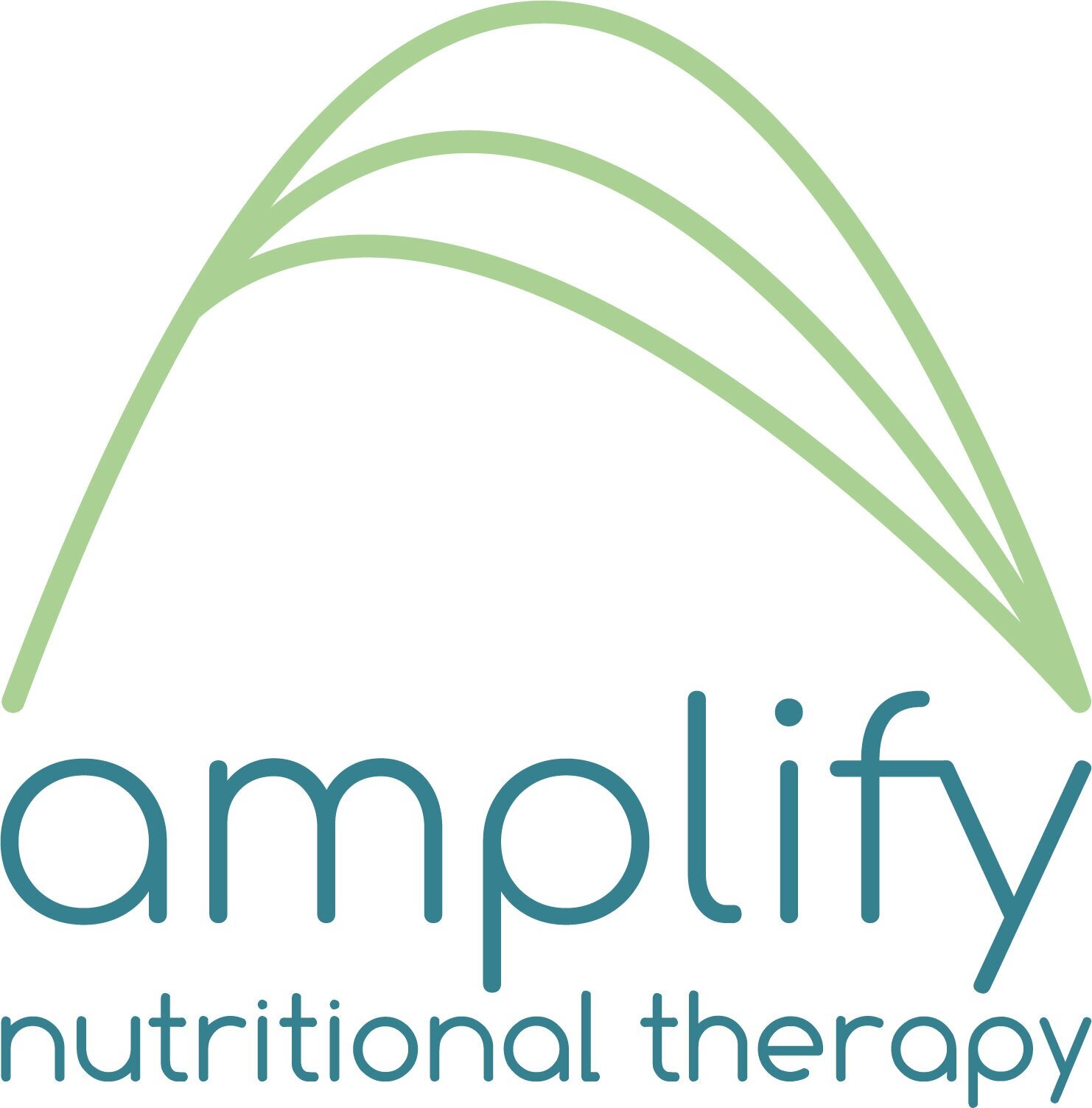What to do after a course of anti-biotics
My mother has pneumonia and is currently finishing her second round of anti-biotics. When I first had the news, I sent her some supportive supplements. She didn’t take any of them.
The second round of much stronger anti-biotics made her feel nauseous and I know from her previous experiences with anti-biotics, they also lower her mood.
Low mood and depression is a common symptom when taking anti-biotics. This is because the bacteria in our gut produces chemicals that affect the way our brains function. When anti-biotics get introduced, the balance gets upset, we change the composition of both the good and not so good bacteria in our gut, so it is not surprising that she felt low after the first round.
Microbiome science is becoming increasingly sophisticated – the gut is really the second brain, so what we eat and what we don’t eat, determines our mood, focus and wellbeing more than we know. This interplay goes further and includes our immune system too, and a depleted gut microbiome, changes our ability to fight off other viruses and bacteria.
Prebiotic Foods
Prebiotic foods help the bacterial colonies return back to normal more quickly after a course of antibiotics. As the body cannot break them down, they get passed directly to the gut where they act as food for ‘good’ bacteria, allowing the good bacteria to recolonise and discourage the growth of unwanted bacteria by taking up the space in the gut. Prebiotics are substances in plants which come from prebiotic fibres, resistant starches and polyphenols (a type of phytonutrient). They often contain substances such as inulin, galacto-oligosaccharides (GOS) or fructo-oligosaccharides (FOS). They may be especially helpful if probiotics have created constipation.
Good prebiotic foods are garlic, onions, leeks, asparagus, bananas, oats, apples, chicory, dark chocolate, flaxseeds, Jerusalem artichokes, cold potatoes, legumes, berries, raw honey.
Probiotic Foods
These are live organisms which nurture ‘good’ bacteria as well as supporting other functions in the body. They help to maintain the order in the gut by maintaining the right acidity and keeping away opportunistic (unwanted) bacteria) from colonising your gut.
Foods containing live organisms include kefir, yogurt, kombucha, kimchi, sauerkraut, tempeh, miso, natto.
Pre and Probiotics go together because probiotics cannot thrive without prebiotics which create the colonies for the probiotics to develop and nurture.
One of my favourite gut loving meals are stewed apples with no sugar, peel on (prebiotic), with kefir (probiotic), sprinkled with cinnamon. This is a winner for constipation if eaten daily. You can also try my gut loving smoothie bowl.
Supplements
There are some excellent pre, probiotic and synbiotic (pre and pro) supplements on the market now and some of the science is showing that particular strains of probiotics may also have an impact on different health conditions such as cholesterol and blood pressure. However, the best ones can come up expensive and the very best ones come from real food. However nutritional therapists often recommend them especially where a dramatic improvement in gut health is needed, depending upon the condition.
Having had two rounds of anti-biotics, my mother is now listening to her daughter and is taking some supplements (not probiotics) to help strengthen her immune system. She is on with the kefir and apples daily too and recovering nicely……

